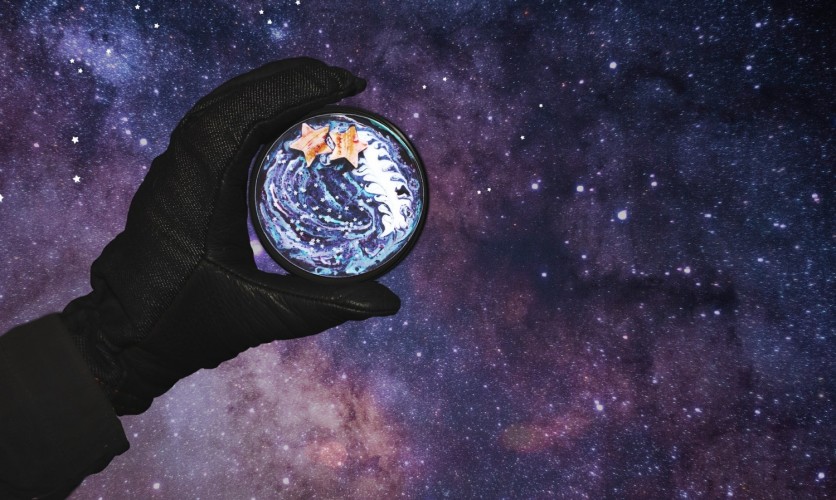AI is everywhere. Can it also be used to unravel the mysteries of the cosmos?
An international team led by Prof. GE Jian from the Shanghai Astronomical Observatory of the Chinese Academy of Sciences recently embarked on an ambitious mission to uncover rare cosmic phenomena hidden within the vast expanse of space.

AI Hunts for "Neutral Carbon Absorbers"
Leveraging the power of artificial intelligence, the team delved into quasar spectral data provided by the Sloan Digital Sky Survey III (SDSS-III) program, employing deep-learning neural networks to sift through the celestial haystack for elusive signals.
Their investigation focuses on "neutral carbon absorbers," enigmatic entities formed within cold gas clouds sprinkled with cosmic dust. These absorbers serve as invaluable probes for understanding the intricacies of galaxy formation and evolution.
Yet, their faint signals pose a formidable challenge for astronomers, akin to searching for a needle in a cosmic haystack. Despite previous efforts yielding a modest 66 neutral carbon absorbers, the team sought to push the boundaries further.
Prof. GE's team harnessed the power of deep neural networks and trained on many simulated data to navigate the sea of spectral information.
Through this methodology, they unearthed a staggering 107 elusive neutral carbon absorbers, effectively doubling the tally from previous endeavors. Moreover, their AI-driven exploration unearthed a treasure trove of faint signals.
By consolidating the spectra of these celestial treasures, the team gained unprecedented insights into the elemental makeup of remote galaxies. Their findings revealed a narrative of swift physical and chemical transformation occurring within the vast expanse of the universe during its infancy.
According to the researchers, these early cosmic pioneers generated a diverse array of metals, some of which combined into dust particles, imparting a dust-reddening effect.
Their discovery resonates with recent observations made by the James Webb Space Telescope (JWST), which detected carbon dust resembling diamonds within the ancient stellar nurseries of the universe. This convergence of findings challenges established models of galaxy evolution, suggesting a more dynamic cosmic landscape than previously envisioned.
Diverging from the JWST's methodology of probing galaxies through emission spectra, Prof. GE's team used a different approach to scrutinizing quasar absorption spectra to unveil the secrets of early galaxies.
Read Also : NASA James Webb Space Telescope May Have Found Atmosphere on 'Too Hot to be Habitable' Exoplanet
Using AI for Uncovering the Mysteries of the Universe
Looking ahead, Prof. GE underscores the importance of advancing AI algorithms to navigate the labyrinth of astronomical data swiftly and efficiently.
The team's vision encompasses a future where AI-driven methodologies unlock the secrets of the cosmos.
"It is necessary to develop innovative AI algorithms that can quickly, accurately, and comprehensively explore rare and weak signals in massive astronomical data," Prof. GE said in a press release statement.
The findings of the team were published in the Monthly Notices of the Royal Astronomical Society.
Related Article : NASA's Hubble Space Telescope Captures 'Butterfly Nebula' In Stunning Motion | Fun Facts About This Beautiful Space Butterfly

ⓒ 2025 TECHTIMES.com All rights reserved. Do not reproduce without permission.




